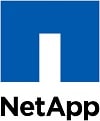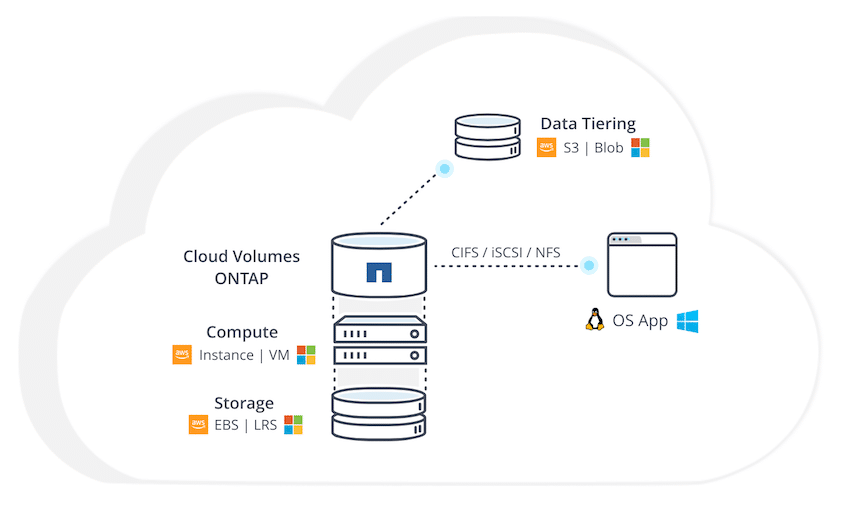
The NetApp Data Fabric – NetApp announced their “Data Fabric” idea back in 2015, during Insight Las Vegas. The idea of NetApp’s “Data Fabric” is a simple concept; your data where you want it, when you want it. Whether you want to run 100% On-Prem or 100% Cloud (even multi-cloud), the Data Fabric gives you the ability to shift workloads wherever you and the business would like.
Since the introduction of the NetApp Data Fabric concept, NetApp has rolled out a number of various products and additions that extend ONTAP to public and private clouds as they are making strides to become more of a data management company (that just happens to manufacture storage systems). While the flexibility of all of these services is great, with so many options customers sometimes get confused about the myriad offerings. To better understand NetApp’s Cloud offerings, I break down the capabilities of the following core services.

Cloud Volumes Services – Currently on AWS and GCP, this gives you the functionally to provision FlexVols in the cloud and support a majority of FlexVol features, like SnapShots or FlexClones. Currently the only protocols supported are NFS v3 and v4 along with SMB.
Azure NetApp Files – This is similar to Cloud Volume Services, but it is a “first party” file service offered by Microsoft and running on top of ONTAP natively. Microsoft is running the file service on top of NetApp storage systems that are located inside of Microsoft data centers. Azure Files also allows for PowerShell and Azure CLI support, which makes it easier for the automation of deployments and management.
Cloud Volumes ONTAP – This is (just about) full on ONTAP in the Cloud, and it gives you full integration into the Data Fabric. There are some limitations though, such as no Fibre Channel support, no aggregate-level inline deduplication and no multi-tenancy. As each Cloud Volume ONTAP only supports a single data serving SVM. However, CIFS/NFS/iSCSI is supported, as well as a lot of the features and functions that we’ve grown to know and love with NetApp on-prem solutions.
NetApp OnCommand Cloud Manager – OCCM is required by NetApp to deploy and manage Cloud Volumes ONTAP from a single place. It can deploy as either an on-prem solution or running in the cloud. OCCM handles the Cloud Sync relationships of the cross-cloud replication of FlexVols and offers support for on-prem to cloud, cloud to on-prem, and even cloud to cloud!
FabricPool – FabricPool is a licensed feature that’s available on more traditional on-prem storage systems, such as NetApp AFF and FAS platforms. Currently it is only available on SSD aggregates, and it allows you to tier cold snapshots, which is the default policy, or cold blocks to an object store, typically either S3 or Blob. You can even tier to an on-prem or off-prem object store, such as NetApp StorageGrid. If using StorageGrid no Fabric Pool license is required.
NetApp Data Availability Services (NDAS) – Starting with ONTAP 9.5, NetApp Data Availability Services, or NDAS as it’s commonly referred to, is available and functions as the engine for backup and archive to a Cloud target (S3 bucket). Data is synced with the S3 buckets via the NDAS proxy that runs on ONTAP 9.5. Once files are placed in buckets, a searchable backup catalog is created, and restores are quick and easy at the FlexVol, LUN or File level.
As data flexibility becomes more and more critical in daily business and IT operations, the ability of on-prem storage to directly interact with cloud based solutions becomes more and more crucial. Companies should frequently assess their needs and examine long-term trends in the usage of their data.
For more information about these services and many others, like NetApp's Kubernetes push, please check out NetApp’s Cloud Central.
– Mike Palic @SpindleNinja
This story appears via our end-user content program where those passionate about the technology they use every day can share their successes and sometimes their failures. For those interested in contributing, please contact the StorageReview team.
